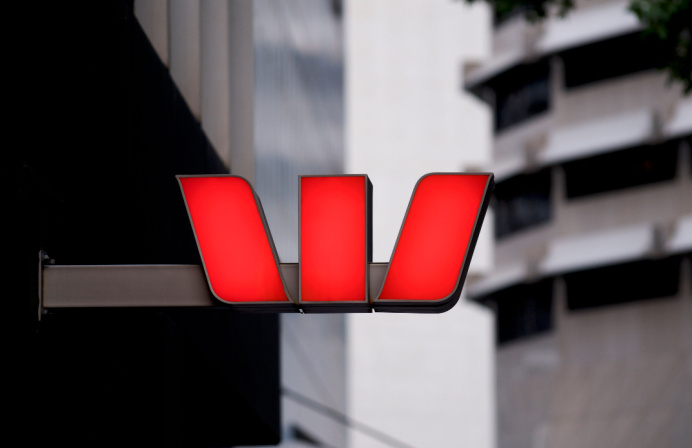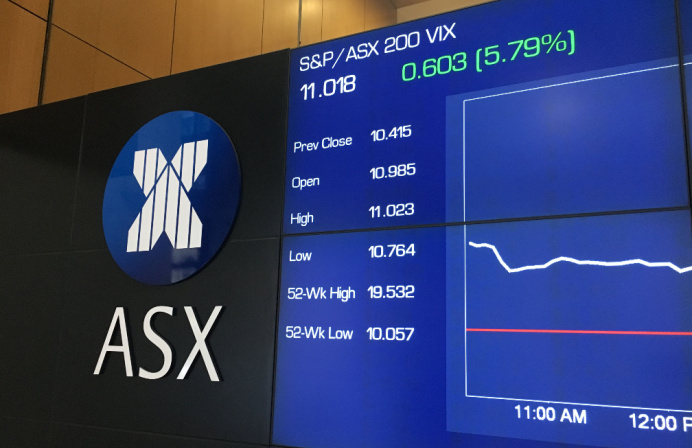
Westpac has detailed its previously proposed plans to slash its technology systems count by more than two-thirds between now and 2028, in an ambitious program to reduce complexity and operating costs, streamline operations, and establish “upgraded technology foundations”.
The whole-of-business simplification and system deduplication program, christened ‘Unite’, will see the bank’s current tech stack of 180 systems cut – within four years – to fewer than 60 discrete systems.
For Westpac chief executive Peter King, speaking at a briefing earlier today outlining the tech simplification program, Unite will serve to “eliminate duplication, rationalise processes, and reduce operational risk and cost.”
King restated a previously made point that Westpac’s technology “isn’t older or less capable than peers”, but simply that it has “too much of it”.
The mass cull will slash 11 customer onboarding systems, seven collections systems, and 22 retail electronic ID verification processes to a single dedicated system for each function. The bank has also proposed cutting fifteen workflow systems down to three target systems.
In one of its more ambitious programs, Westpac will also move to consolidate its three customer master systems (built up through the bank’s aggressive M&A activity), used to store critical personal customer data, into a “single, common, API-accessible platform”.
The current staple of six banker platforms, used by employees of Westpac Group’s various brands to service and provide product options to customers, will also be halved, with online customer platforms also to be cut from four systems to two.
Westpac Group chief information officer Scott Collary said the current mix of banker platforms is “time-consuming for our people and our customers”, making it not only costly to service but also “harder to train people across all the systems”.
By the time the program is complete, Westpac expects to have “a single platform each” for sales and service functions, customer management, and teller systems. These platforms, Collary added, will “all built on modular technology that’s reusable across both employee and customer platforms”.
Modularisation is core to Westpac’s overhaul program, with the bank pursuing a “component-based architecture” – which, according to Collary, has already been advanced considerably in recent years.
Modularity, he said, will enable components to be built and easily changed, providing independence and functionality to its systems “as opposed to a large-scale monolithic platform”. This, Collary added, will ensure infrastructure remains ‘evergreen’ and cloud-native, avoiding the “cyclical investments and sweating assets until we’re forced into a time-consuming and costly upgrade”.
According to Westpac’s chief financial officer, Michael Rowland, Westpac will set aside approximately $600 million each year (around 30 per cent of its $2 billion yearly tech program budget) to deliver Unite.
Rowland predicts a significant “headwind” for expenses in Unite’s initial years, with “the majority of the spend expensed and benefits mainly coming through in later years”.
He acknowledged that, despite the aggressive cull, the cost benefits of the program will likely not be realised until 2026, anticipating a “slow ramp-up” for the program in 2024 and planning well into 2025.
However, the costs of inaction may be substantial. Citing the bank’s recent experience with the Consumer Data Right upgrades, King noted that the estimated outlay for implementing Open Banking systems was 30 per cent dearer than necessary due to the additional systems still in place.
“Unite seeks to end this imbalance and narrow our cost-to-income ratio compared to peers,” he said.
For King, pressure is now on to fast-track systems simplification, noting that the bank is now “getting to capacity”.
“The board down knows and is committed to doing this program, which we’ve been progressively thinking about for the last 12 months,” he said.
The vast majority of the systems that will survive the cull “are already in place”, King added, with only a few instances where new systems will be deployed.
Work well underway
As part of its existing enterprise technology roadmap introduced in 2021, Collary said the bank has already made substantial progress in simplifying its core tech infrastructure – where, he said, “a lot of the heavy lifting is [done]”.
Westpac, he noted, has already reduced its contact centre platforms from 12 to one, cut nine separate networks to a single software-defined wide area network (“creating twice the bandwidth at half the cost”), and its data centres from four to two.
Collary said the bank has also made good progress with its middle-layer platforms, for instance, reducing its HR and finance functions to one platform each.
Customer data management platforms will be the next cab off the rank.
“Unite is about accelerating to the next phase [of our enterprise technology roadmap], as we pursue a more ambitious agenda and removing duplication across the entire stack,” he said.
The program is split into 85 separate initiatives. These are collectively overseen by Collary but, crucially, are delivered by accountable business owners working alongside tech leads.
Eleven initiatives have already kicked off, with six more to launch before the end of this year.
“Unite will build on the progress we’ve already made,” Collary said.
“It’s about accelerating the level and pace of simplification through a program of coordinated initiatives across the group.”
“The program will provide customers and staff with common platforms built around one best way to do things that will… greatly reduce costs and improve the pace of change.
“These common platforms make it easier for customers to bank with us and easier for bankers to serve our customers.
“And as our business continues to simplify products and services, we’re adjusting our origination and onboarding systems to match. All this combined will help us deliver better customer and employee experience.”
According to King, however, the bank’s core banking systems will remain, for now, untouched by the consolidation program, as the bank awaits developments in “fourth generation” cloud-based core banking systems.
Westpac in 2022 tapped BaaS developer 10x to develop core technology for its institutional bank, having earlier mooted a similar overhaul for its retail core banking system.
“We want to go to the fourth generation. It’s not a call we can make today, but it is a call that we think we can make in the next couple of years.”





